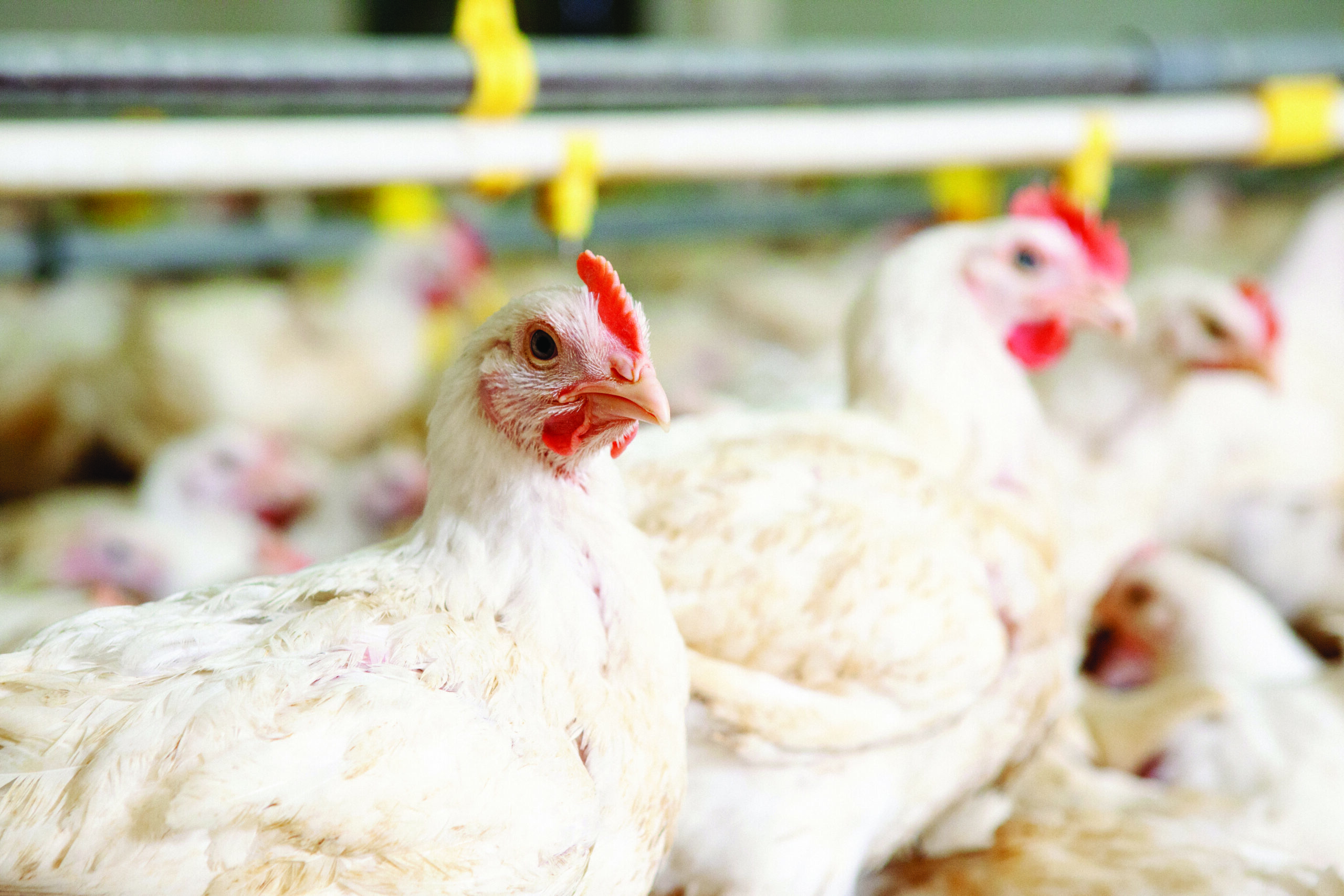Fiber plays a complex role in poultry nutrition, and ongoing research continues to refine strategies for its optimal utilization. Once considered an anti-nutritional factor due to its limited digestibility and potential to hinder nutrient absorption, fiber is now recognized for its functional benefits, including improved intestinal integrity, enhanced gut health, and greater digestive efficiency. To fully harness these benefits, it is essential to accurately characterize fiber composition in feed ingredients. Poultry diets predominantly consist of cereal grains and plant-based ingredients each containing diverse fiber fractions. Thus, distinguishing and measuring these fractions is increasingly important. Traditional methods, such as crude fiber (CF) analysis, quantify insoluble fiber components such as cellulose and lignin, but fail to account for hemicellulose and soluble fiber. This can lead to an underestimation of the total fiber content present. In contrast, neutral detergent fiber (NDF) and acid detergent fiber (ADF) analyses provide a more detailed assessment, with NDF measuring total cell wall fraction (cellulose, hemicellulose, and lignin) and ADF capturing only cellulose and lignin. While NDF and ADF offer insights into the structural fiber of the ingredient, these methods fail to capture the soluble fiber components most likely to impact digestion in poultry. Total dietary fiber (TDF) provides a more comprehensive evaluation, encompassing both insoluble (cellulose, hemicellulose, and lignin) and soluble fiber (pectins, β-glucans, and oligosaccharides). This broader classification offers greater insight into fiber’s effects on gut health, fermentation, and nutrient absorption. As fiber analysis becomes more complex, so do the associated costs and time requirements. To mitigate these challenges, near-infrared spectroscopy (NIRS) may offer a rapid and cost-effective alternative to traditional wet chemistry methods for fiber characterization. As our understanding of fiber’s role in poultry nutrition advances, so must our ability to quantify and evaluate fiber fractions. Achieving the right balance of fiber types is key to optimizing feed formulations across different poultry species and production stages. A deeper understanding of fiber’s influence on nutrient digestibility, energy utilization, and gut health is critical for developing cost-effective and sustainable feeding programs. A well-managed fiber strategy can enhance feed efficiency, promote gut health, and support the long-term sustainability of poultry production.
Evans, C. and T. York. 2025. Maximizing the benefits of fiber in poultry nutrition: insights and ingredient evaluation. 2025 Poultry Science Association Annual Meeting, Abstract 573S
